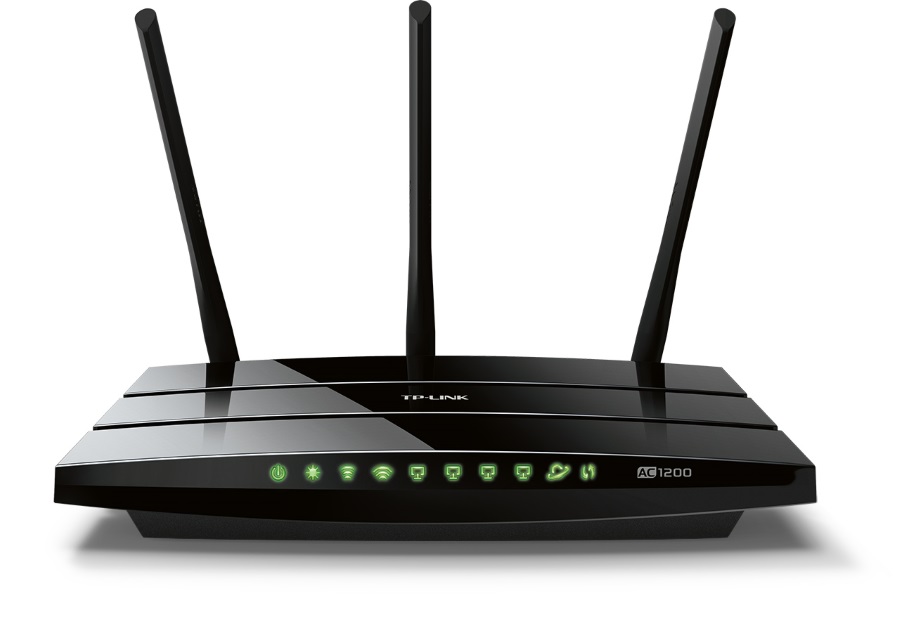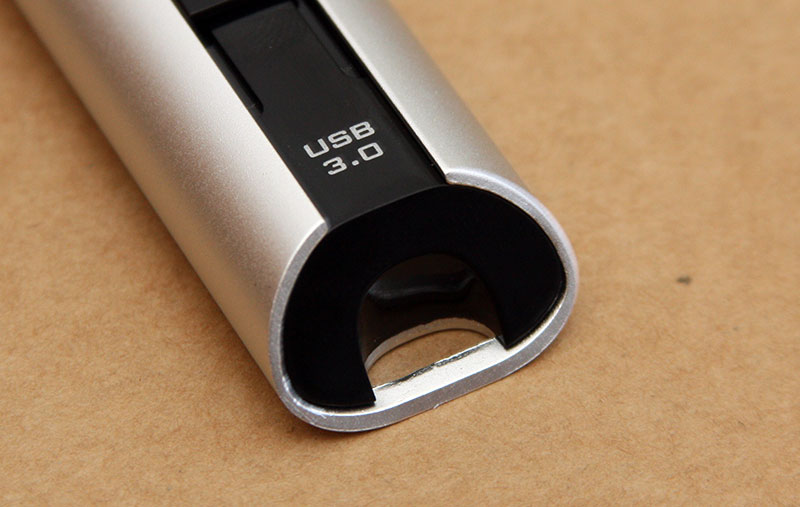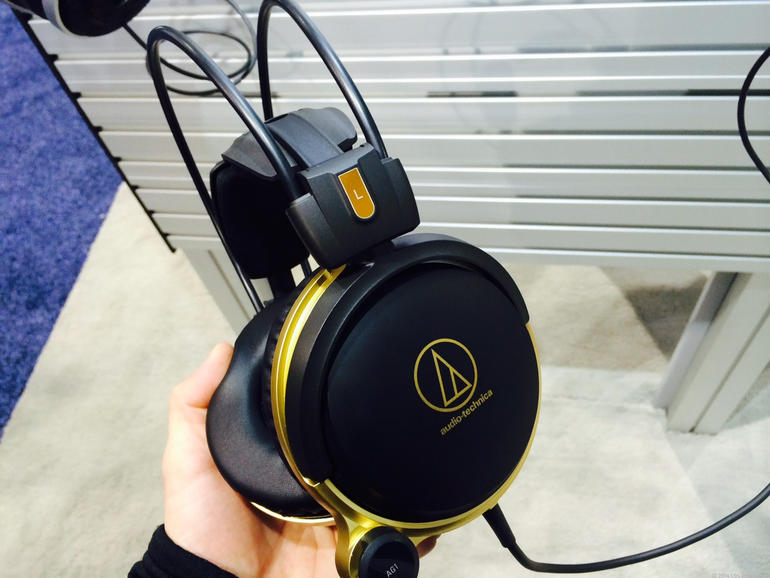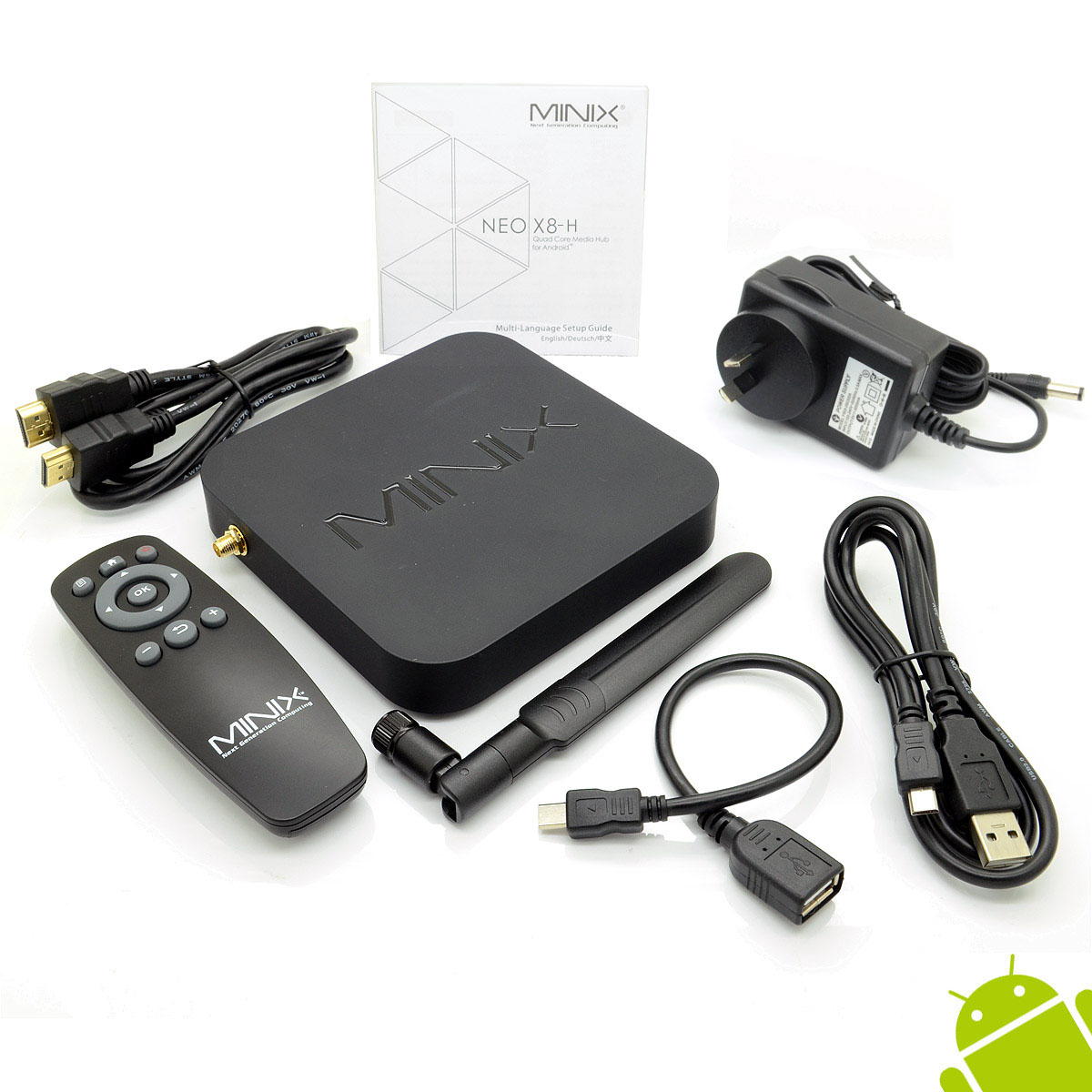Budget AC Router Roundup

Early adopters should be allowed to wear a special badge in public. That way, we can identify the brave souls who overpaid for immature technology and thank them for fast-pacing the process of getting next-generation hardware out into the market. Without them, we might still be looking at shelves full of overpriced and buggy pre-draft 802.11ac wireless routers, but that's no longer the case. Not only has the Wi-Fi Alliance certified the Wireless-AC standard- it's been nearly a year since it happened-but there are now several entry-level 802.11ac routers available at affordable price points. All of them promise varying levels of increased speed over last generation's 802.11n standard, and at far less cost-even factoring in the fact that they lack the bells and whistles of their high-end brethren. But are there compelling reasons to spend more on a higher-end router versus a budget model, or do they all perform pretty much the same? That's one of the questions we set out to answer, and to do that, we rounded up five low-cost AC routers from Asus (RT-AC52U), D-Link (DIR-818LW), Buffalo (AirStation WHR-1166D), Netgear (R6100), and Trendnet (TEW-813DRU). None of these models cost more than $100 (street pricing) before shipping, but that doesn't mean we went soft on them. We put each one through the same rigorous tests as we do highend routers. Before we dive into the results, however, we'll go over in detail what you give up by going the budget route.
1. ASUS RT-AC52U Hobbled by a bipolar 5GHz band and 10/100 WAN port
ASUS TOOK THE SPEED crown in three of our four file transfer tests, though this was a four-way fight to find out which one was best over USB 2.0-none of the routers evaluated here brought a USB 3.0 port to the party, and Buffalo's router didn't bring any USB ports at all. Still, it's not a hollow victory if you plan on transferring files over a USB connected drive. Unfortunately, the RT-AC52U struggles where it matters most in this roundup, and that's 802.11ac territory. Not matter what we tried, we couldn't coax a reliable signal from the 5GHz band, which would inexplicably enter a comatose state at random intervals. To make matters worse, Asus equipped the RT-AC52U with a 10/100 WAN (and the same goes for its LAN ports). This pretty much negates jumping on the 802.11ac bandwagon. Performance on the 2.4GHz band in 802.11n mode was solid and surprisingly strong in our Backyard test where it benchmarked 18.9Mb/s for a first-place finish. We're also impressed with RT-AC52U's sleek and streamlined interface. It's easy to navigate and overflowing with advanced settings for experienced networking gurus to play with. Perhaps a future firmware update will alleviate the issues we experienced on the 5GHz band. Until then, there are more reliable models to choose from, albeit all more expensive than this one.
2. D-LINK DIR-818LW Style meets substance
RELEASED IN MAY OF THIS YEAR, the DIR- 818LW is available in red, teal, black, and white, each of which runs about $80-a solid price point for what you get. All of them borrow from their bigger brother's cylindrical shape, which itself looks like a miniature Mac Pro. The DIR-818LW, however, is more compact and would fit comfortably in a suitcase. Unfortunately, looks are only skin deep and don't carry over into the DIR-818LW's nerdy interface. There are five main hyperlinked categories, each of which brings up a set of subcategories on the left-hand side, and it's all very wordy and drab, not at all like the router's physical appearance. This is a step back from the overhauled dashboard D-Link rolled out for its DGL-5500 Gaming Router (reviewed in our April 2014 issue). D-Link came out swinging and gave Trendnet a run for its money on the 802.11ac radio, at least at close distances. The lack of beamforming support ultimately gave the edge to Trendnet, though the DIR-818LW has nothing to be ashamed of here-it pulled 233Mb/s in the bedroom and 150Mb/s in the Dining Room test while every other router save for Trendnet's never crossed above 100Mb/s in either benchmark.
3. BUFFALO AIRSTATION WHR-1166D Too stripped down to take seriously
IT'S A GOOD THING you can find Buffalo's AirStation WHR-1166D selling online for around $80, because the $150 MSRP is almost insulting for such a stripped-down router. To begin with, the internals are still based on Draft 2.0 specs. Perhaps Buffalo hasn't gotten around to submitting this model for official certification, and if that was the router's only shortcoming, we'd be more inclined to give Buffalo a pass. However, we have other grievances, such as the nerfed LAN ports (10/100 instead of 10/100/1000) and lack of USB connectivity. We couldn't evaluate file transfer performance over USB, but we were able to test 802.11n and 802.11ac throughput. At close range, the AirStation settled for last or second-to-last place finishes in our three inside tests on the 802.11n radio. And on the 802.11ac radio, Buffalo never threatened a victory, though it held its own in the Driveway with the second highest throughput (16.4Mb/s). However, the Backyard test broke its back, just like it did for pretty much all five routers in this roundup. The web interface won't intimidate novices and is touch-friendly, to boot. It could use some more fleshing out, but still offers a decent amount of fine-grain control. That said, we found it odd that the router password can't be longer than eight characters- what's up with that?
4. NETGEAR R6100 Middling performance with above-average range
NETGEAR'S HIGH-END ROUTERS are some of the fastest and most feature-rich around, but in the budget category, it seems Netgear is content to blend in with the competition. That's not necessarily a bad thing-the R6100 only costs $90-though we're disappointed Netgear chose to roll with 10/100 WAN and LAN ports instead of 10/100/1000. We can't imagine gigabit ports cost much more. When we tested the R6100 on the 2.4GHz band, it hit 79.7Mb/s at close range and only dropped to 75.6Mb/s in the Dining Room. That's respectable, though not exceptional. More impressive is that it had the range to post a second-best score in the Backyard test (17.3Mb/s at 90 feet away). On the 5GHz band in 802.11ac mode, the R6100 hovered around 94Mb/s in the Bedroom, Dining Room, and Entryway. Outside in the Driveway, performance dipped to 13.8Mb/s for a third-place finish, and it was the only router to maintain a signal in the Backyard, albeit a weak one at 2.49Mb/s. Netgear's dashboard is another one that seems tuned for touch input with tiles on the main screen and big buttons on the sidebar. It's easy to find what you're looking for, though if we had our druthers, we'd plop the QoS controls under the Advanced Setup menu rather than the standard Setup menu-but hey, at least it has them!
5. TRENDNET TEW-813DRU The best of these budget routers
THE ONE ROUTER THAT STOOD OUT in this roundup is Trendnet's TEW-813DRU. It also happens to be the most expensive at $95 street, plus about another $10 for shipping, but that's still C-note territory and you get best-in-class performance and beamforming support. Only D-Link threatened Trendnet for pole position on the 802.11ac track, and though it stayed within striking distance at close range, Trendnet sprinted ahead the further away we benchmarked them-clearly a result of beamforming. When the smoke from the tires settled, Trendnet had won the race in all five tests. It performed especially well at relatively close range: 242Mb/s in the bedroom, 165Mb/s in the Dining Room, and 159Mb/s in the Entryway. The TEW-813DRU also posted some of the fastest scores on the 802.11n radio, and its file transfer performance over USB was pretty good for the most part, though not as fast as Asus's RTAC52U. Had Trendnet opted for a USB 3.0 port, this could have been a good oldfashioned beat-down like a young Mike Tyson used to dole out. Even the web interface is fast. It responded quickly to our navigational clicks, and the layout is both userfriendly for networking novices and deep enough to satisfy more experienced users who might want to configure things like inbound filters, multiple SSIDs per channel, and more.
|
|




